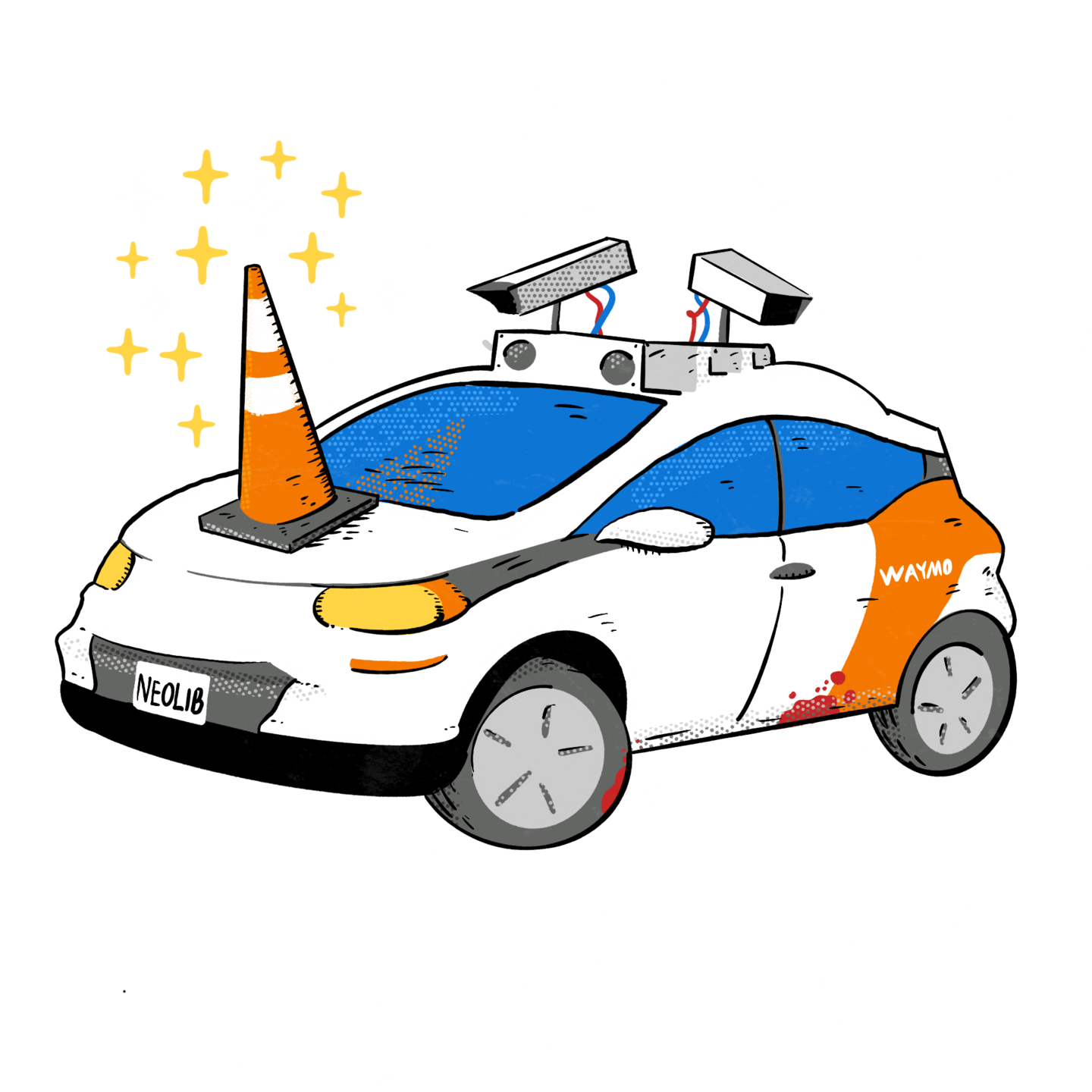
SF Examiner – Waymo says it used input from SF leaders to create new safety dashboard
SF Examiner reports on the new Waymo "safety" dashboard, which is basically just company propaganda. If Waymo was actually interested safety then they would pivot to providing cost effective driver assist technology. And they would instead alternative forms of transit, and of course, better road design.














